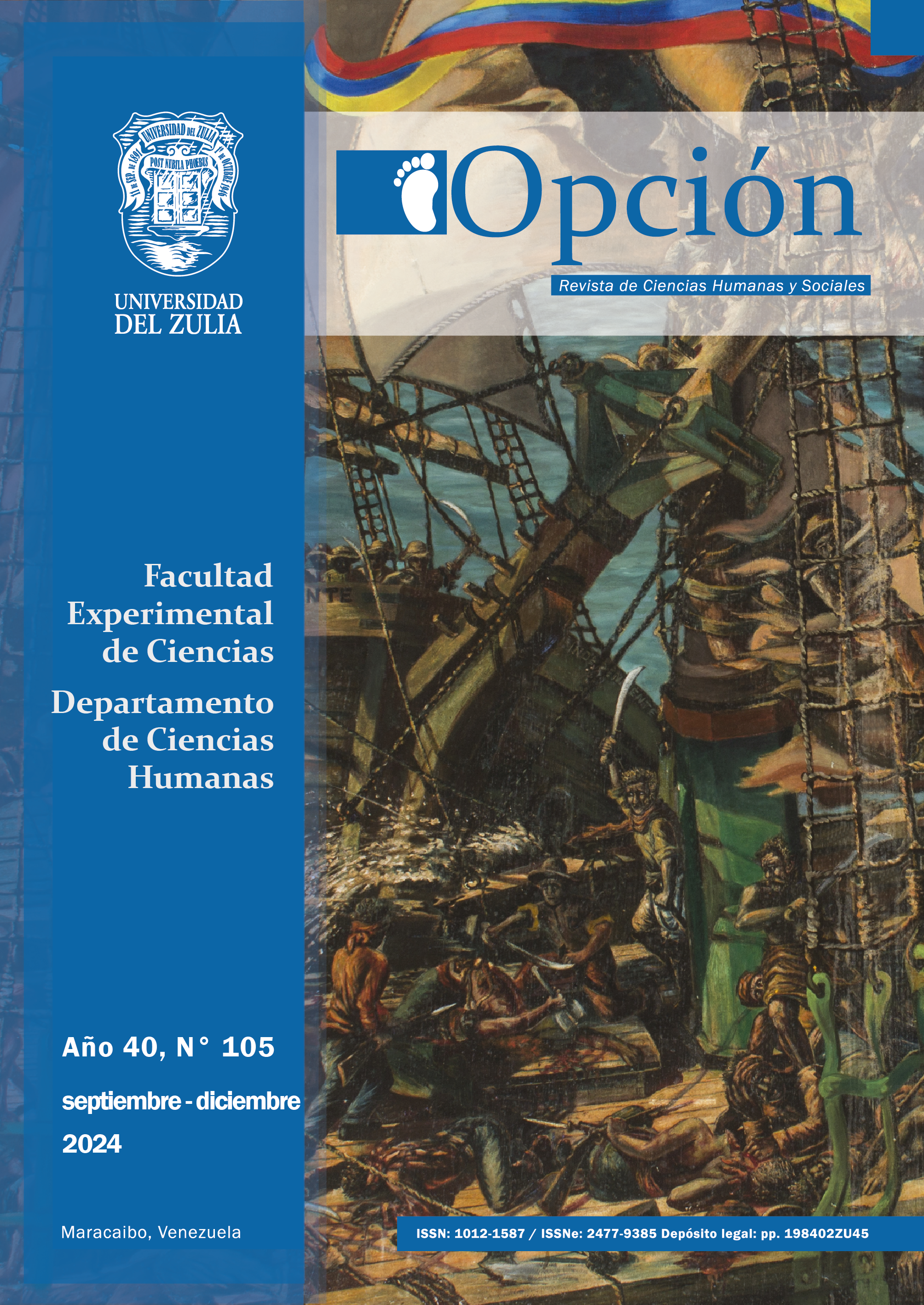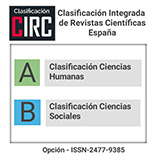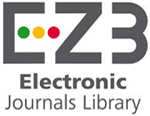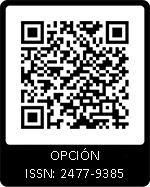Semiotics and Discursive Analysis for Leadership Training
Semiotics and Discursive Analysis for Leadership Training
Abstract
The article provides a conceptual interpretation for the analysis of social, symbolic and cultural discursivity, through the articulation of contributions provided from different fields of communicational knowledge for the process of training emerging leaders. It addresses illustrations from the field of symbolic analysis (semiotics), as well as the transfer of such knowledge, through semiosis and the semiosphere, to the field of innovative political leadership, by means of a model for studying the structural impact of technologies on society, arising from the discovery that all communication media and technologies possess a linguistic structure. At the same time, it provides concepts for identifying semiological scenarios in political and symbolic discourse (semiosis), allowing for the determination of limits and possibilities in the historical context of deliberative politics, communicational power, and the message, based on criticism of technological communication media, with their role in political praxis.
References
Alcantara, Manuel (2001). Resistir la desigualdad lingüística. Actividades en Madrid. Anthropos Editorial. Barcelona, España.
Eco, Umberto. (2000). En La estructura ausente. Editorial Lumen. Barcelona.
Garduño, G., y ZUÑIGA, María. (2005). La semiótica de Lotman en la caracterización conceptual y metodológica de la organización como cultura. Revista convergencia, septiembre-diciembre. Vol 12 numero 039. Pp.217-236. Tocula – México, DF, México.
González, M. (2002). Semiótica crítica y crítica de la cultura. Anthropos Editorial. Barcelona, España.
Habermas, Jurgen. (1999) La Inclusión del Otro. Estudios de teoría política. Paidós Ibérica ediciones, Barcelona, España.
Haider, H. (2005). Symmetry breaking in sintax. Cambridge University, Press.
Harris, R. (1988). Language, Saussure and Wittgenstein. Published by Routledge. New York, USA.
Hengsterberg, P. (1990) Profundización de la Democracia. Estrategias en América Latina. Ediciones Nueva Sociedad. Caracas, Venezuela.
Lotman, Iuri Mijáilovich (1996) Acerca de la Semiosfera: en la Semiosfera I: semiótica de la cultura y del texto. Cátedra Universitat editores. Madrid, España.
Lotman, Iuri Mijáilovich (1999) Espéculo. Revista de estudios literarios. Universidad Complutense de Madrid. Disponible en línea: http://www.ucm.es/info/especulo/numero11/lotman2.html Consulta: 23 de junio de 2016.
MarshalL Mc Luhan, y BRUCE Powers (1990) La Aldea Global. Ediciones Gedisa, Madrid, España.
Montenegro, Yamila (2011). La formación de palabras. ACUR Ediciones. Montevideo. Uruguay.
Morris, Charles. (1982) Fundamentos de la teoría de los signos. Editorial Paidós, Barcelona, España.
Peirce, C. (1978) Fragmentos de La Ciencia de la semiótica, Nueva Visión editores, Buenos Aires, Argentina.
Van Dijk, T. (1997) El discurso como estructura y proceso. Ediciones Gedisa. Barcelona, España.
Vitale, A. (2004). El estudio de los signos. Peirce y Saussure. Editorial Eudeba, Buenos Aires, Argentina.
Zecchetto, V., Marro M., y Vicente, K., (2000). Seis semiólogos en busca del lector 1. Saussure/Pierce/Barthes. Ediciones Abya-Yala. Quito-Ecuador.
Zylko, Boguslaw. (2005) La cultura y la semiótica: notas sobre la concepción de la cultura de Lotman”, en Entretextos Nº 5 (Revista electrónica semestral de estudios semióticos de la cultura).

























